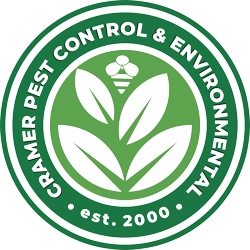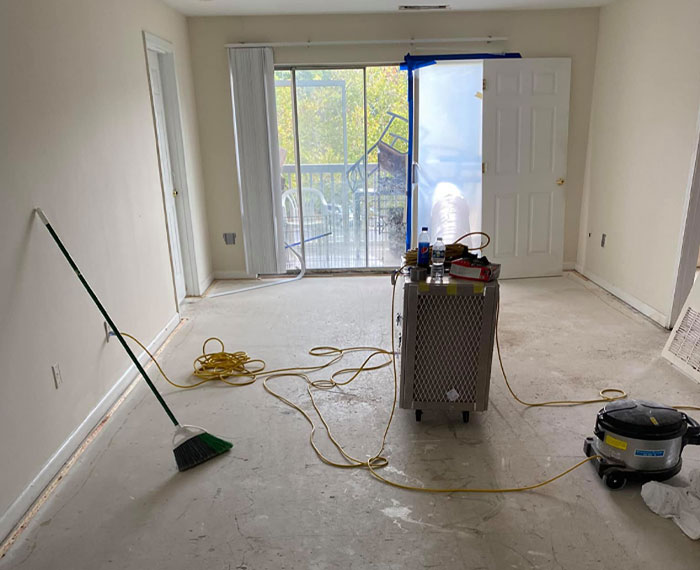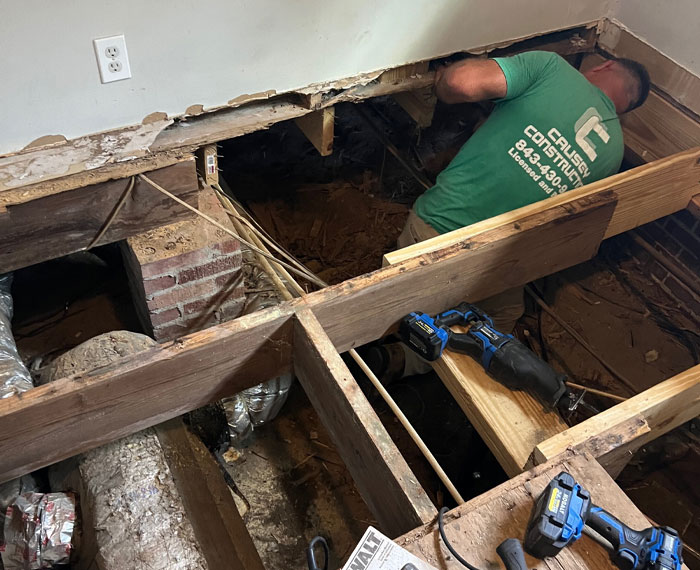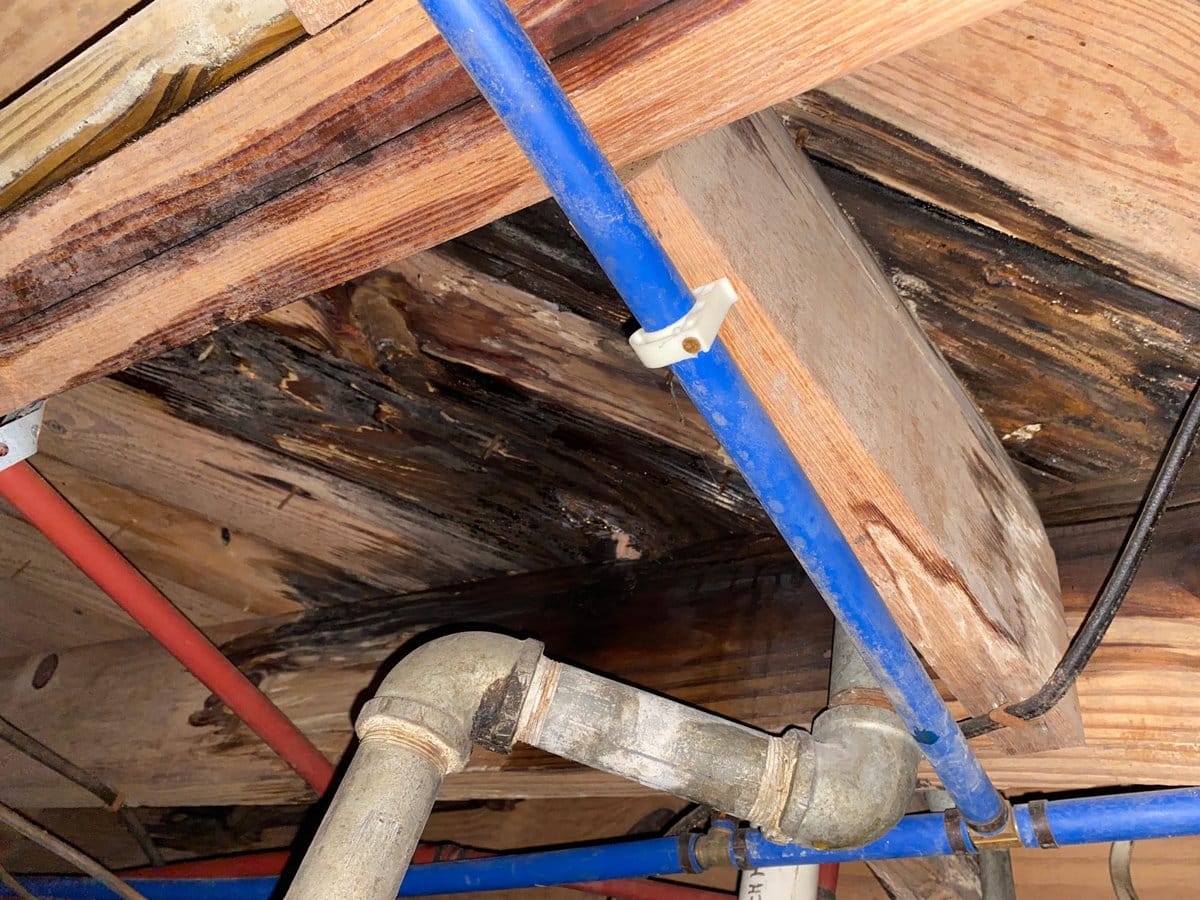Water Mitigation vs. Water Damage Restoration
Water related disasters like floods and burst pipes can strike without warning, causing destruction to homes and businesses. Understanding the processes involved in recovery is helpful for handling these incidents effectively and efficiently.
In this article, we’ll explain the difference between water mitigation and water damage restoration, and also debunk some common misconceptions about these essential services.
Differences between Water Mitigation and Water Restoration
Although water mitigation and water damage restoration are part of the same recovery process, they are distinct stages with different objectives. Water mitigation is more about immediate response: stopping the spread of damage, reducing losses, and preparing your home for restoration. On the other hand, water damage restoration, sometimes referred to as water remediation, is about repair and rebuilding, bringing your property back to its pre-loss condition.
In short, mitigation is an emergency service focused on prevention, while restoration is about fixing the problems after the situation has been controlled.
Delaying the water damage mitigation process can lead to far more extensive damage – so if you are experiencing a flood this should be your immediate priority. The water damage restoration process is often quite lengthy, but it takes place after the drying process is complete so time is no longer of the essence.
What is Water Mitigation?
Water mitigation is the first response to a flood, and should be started as soon as it is safe to do so. The primary goal of water mitigation is to prevent further damage from occurring by drying the affected areas as quickly as possible. This process includes steps such as extracting standing water, installing dehumidifiers, heaters, and air movers to expedite drying, and preventing the spread of waterborne pathogens.
Additionally, water mitigation may involve the removal of unsalvageable items like soaked subfloors, flooring, carpets, or other damaged materials.
The goal is to stabilize the situation and prevent further harm until full restoration can occur.
What is Water Damage Restoration?
Water damage restoration is the second phase in the recovery process that follows water mitigation. The main goal is to return your property to its pre-disaster state. This process involves the repair of structural damage, such as replacing drywall and insulation, fixing electrical systems, restoring flooring, and repainting walls. While not as time sensitive as water mitigation, homes that have been impacted by floods are generally not left in a livable condition, so a timely restoration is an important consideration.
In many cases, water damage restoration services also include mold remediation. Even if water mitigation is carried out promptly, mold growth after floods is always a risk. Mold infestations may result in health issues, both due to the mold spores themselves, but also the strong disinfectants used to treat mold can be dangerous if not used properly. Working with a professional mold restoration company is advisable and most homeowners insurance policies will cover these essential repairs.
Common Misconceptions about Water Restoration and Mitigation
It is More Cost Effective to Replace than to Restore
One common misconception is that it’s more cost-effective to replace damaged items than to restore them. While this may be true in certain cases, professional water damage restoration often saves both time and money in the long run. This is especially true with valuable items or extensive structural damage.
Ultimately, the decision of whether or not to replace or restore may come down to how your insurance company processes your claim. It is helpful to work with experienced water damage restoration companies as they will often be able to help you navigate the potentially complicated insurance claims process.
Only Black Water Floods Require Disinfection
Sewage backups are nightmarish – with contaminated water flooding across your floors and soaking into your carpets and walls. The risks associated with black water floods are very real and this type of flood should only be handled by a professional.
However, just because black water is very serious doesn’t mean that clean water is completely harmless! A burst water heater may fill your home with what was once drinking water, but without sanitizing the area afterwards you risk a serious mold problem. The risks from flood waters or gray water, such as an overflowing washing machine, are even greater as they carry organic materials and contaminants.
Your Carpets and Walls Will Dry Out on Their Own
Another common misconception is the belief that your carpets and walls will dry out naturally over time. Although superficial drying may occur, without professional help, moisture will remain trapped within materials, leading to long-term structural damage and potential mold growth.
Without professional drying equipment, even small floods can take weeks to fully dry out. Mold and mildew can begin to grow within 24 hours, so this timeframe is inviting further disaster. Water mitigation companies will have industrial fans, dehumidifiers, specialized water extraction vacuums, sump pumps, and powerful heaters which they can use to rapidly remove excess water from your home.
It is More Cost Effective to Handle the Water Mitigation and Restoration Process on Your Own
Perhaps the most dangerous misconception is that DIY approaches are more cost-effective than hiring professionals. Water mitigation and restoration are intricate processes requiring specific skills and equipment. Amateur attempts often result in lengthy drying times, result in more damage, lead to higher costs, and potentially create unsafe living conditions.
Water Damage? Mitigate Fast! Then Seek Restoration
Understanding the differences between water mitigation and water damage restoration can help homeowners and business owners make informed decisions after a water-related disaster. The most important thing to remember is that starting the water removal and drying process as soon as possible is absolutely critical, while the repairs themselves are less time sensitive.
Investing in professional water mitigation and restoration services can save both time and money, prevent additional damage, and ensure a healthy, safe environment for everyone.



